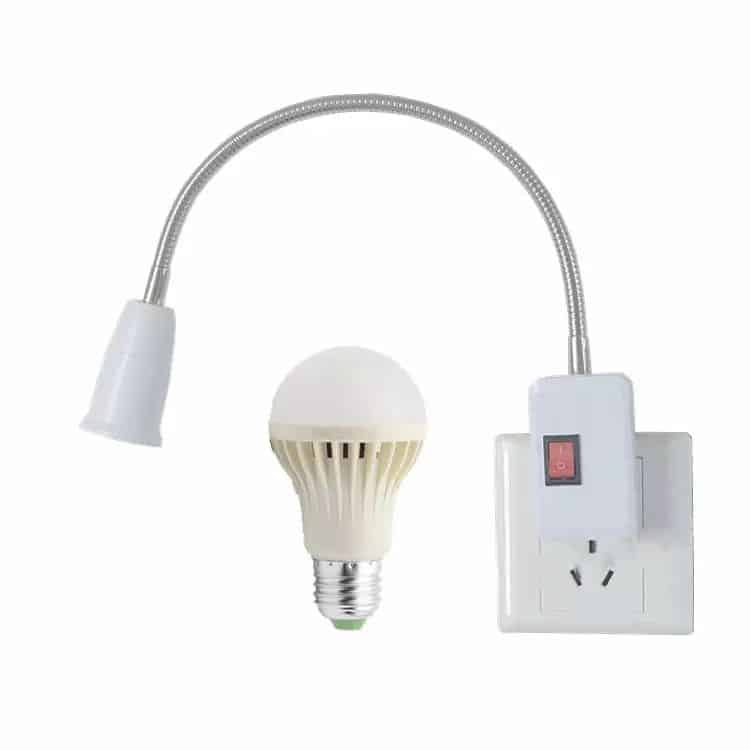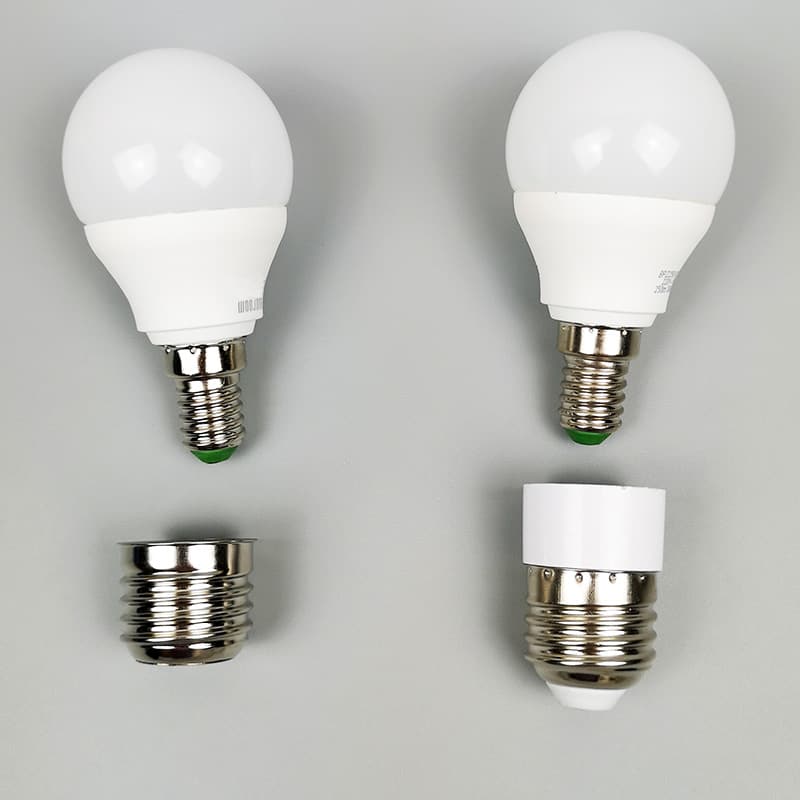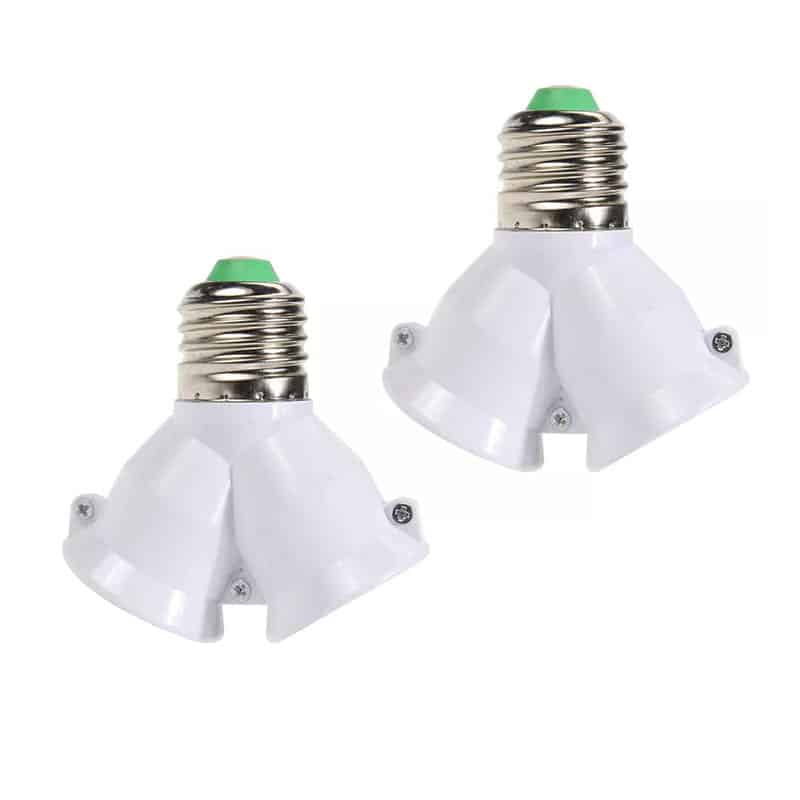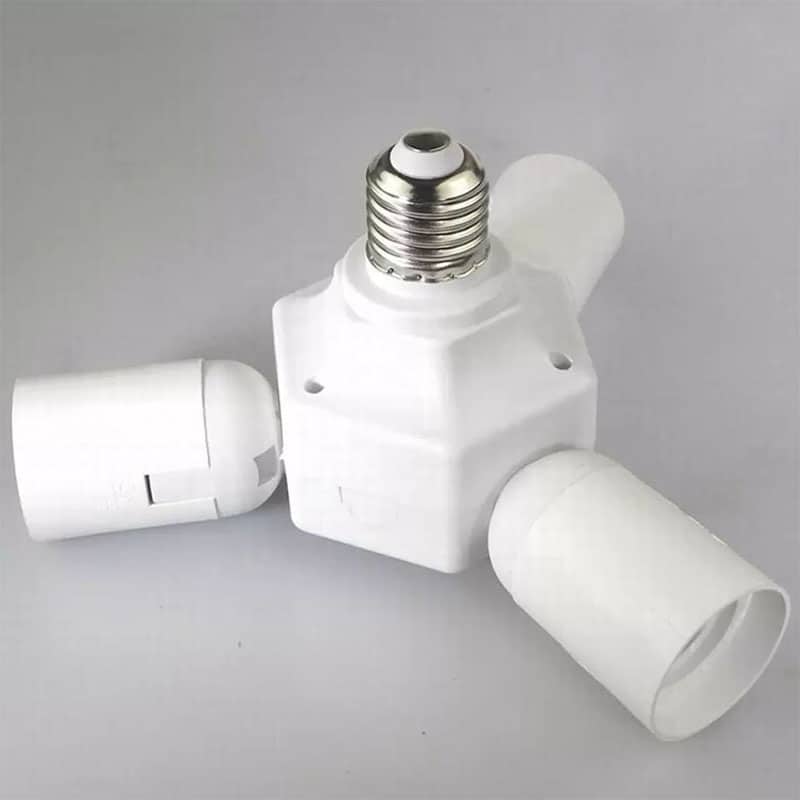People worry about using LED bulbs in different voltage ranges, such as putting an 85-265V LED bulb in a 240V light socket. Using the wrong voltage can cause a problem with how the light bulb works or create a safety issue. Understand how to use the different voltage ranges and you’ll be good to go.
Yes, you can use an 85-265V LED bulb in a 240V socket. These bulbs are designed to work over a wide range of voltage, so they’re pretty adaptable.
Now, let’s get into the details of how and why this works.

Is it Safe to Use an 85-265V LED Bulb in a 240V Socket?
Using an 85-265V LED bulb in a 240V socket is safe. This wide voltage range is specifically designed to accommodate different electrical systems found in various regions, including Europe’s 240V standard. The bulb’s internal components allow it to adjust to the voltage provided by the socket, ensuring safe and efficient operation.
The adaptability of these bulbs is one of the reasons they are popular in markets with varying voltage requirements. They provide flexibility and ease of use without the need for additional converters or modifications.
How Wide Voltage Range LED Bulbs Work
The internal driver in an 85-265V LED bulb regulates the incoming voltage, making the bulb versatile and capable of handling both low and high voltages. This driver is responsible for converting the input power into the appropriate energy needed for the LED to function properly, regardless of the exact voltage.
This means that the bulb can be used in areas with 110V systems, such as the U.S., or in regions with 240V systems, such as Europe, without any issues. The bulb’s wide voltage range ensures it can operate safely and efficiently across a broad spectrum of power supplies.

What Happens If You Use the Wrong Voltage?
If a bulb not designed for a specific voltage range is used in the wrong socket, problems can arise. For example, using a 110V-only bulb in a 240V socket could lead to immediate burnout, overheating, or even an electrical fire. However, with a wide voltage range bulb like the 85-265V model, these risks are mitigated.
The internal components of these bulbs adjust to the voltage supplied, making it a safer option for various environments, ensuring that the bulb operates within safe parameters.
Safety Features in 85-265V LED Bulbs
LED bulbs that operate within a wide voltage range often come equipped with built-in safety features, such as surge protection. These safety features help protect both the bulb and the fixture from potential damage caused by electrical fluctuations or surges.
In regions where voltage instability is common, having a bulb that can safely adjust to variations in power ensures longer bulb life and reduces the risk of electrical failures. These features make 85-265V LED bulbs a reliable choice for both residential and commercial settings.
Energy Efficiency of Wide Voltage LED Bulbs
Using an 85-265V LED bulb in a 240V socket does not compromise the energy efficiency of the bulb. These bulbs are designed to maintain their low power consumption across the entire voltage range. Whether you are using it in a 110V or 240V socket, the bulb will use the same amount of power to produce light.
The wide voltage range capability ensures that energy efficiency is not sacrificed, making these bulbs ideal for people looking to reduce their electricity consumption while still enjoying bright, consistent lighting.

Heat Management in LED Bulbs with Wide Voltage Range
Heat management is crucial for the longevity of LED bulbs. 85-265V LED bulbs are designed with advanced heat dissipation features to ensure they do not overheat, even in high-voltage environments like 240V sockets. Proper heat management helps prevent damage to the bulb and ensures optimal performance throughout its lifespan.
These features are essential in high-temperature environments or in fixtures that trap heat, as they prevent the bulb from overheating and maintain efficiency.
Can You Use an 85-265V LED Bulb in Lower Voltage Sockets?
Yes, an 85-265V LED bulb can be used in lower voltage sockets, such as 110V or 120V, without any issues. The bulb’s internal driver adjusts the incoming voltage, making it compatible with both high and low voltage systems. This flexibility allows the bulb to be used in various regions and ensures that it performs consistently across different power supplies.
Whether you are using a 240V socket or a 110V socket, the bulb will function safely, making it a convenient option for users who may need lighting solutions for different voltage environments.
Differences Between Regular and Wide Voltage LED Bulbs
Regular LED bulbs are typically designed for specific voltage ranges, such as 110V or 220V, limiting their use to certain regions. In contrast, wide voltage bulbs like the 85-265V models can be used globally, providing more flexibility.
Wide voltage bulbs are an excellent choice for users who travel frequently or live in regions where voltage standards vary. They eliminate the need to purchase different bulbs for different regions, offering a more convenient and cost-effective solution.

Recommendations for Safe Use
When using an 85-265V LED bulb, always ensure that the socket is rated for the bulb’s wattage and voltage range. While these bulbs are designed to be versatile, it is still essential to verify that the socket can handle the power output.
If you are unsure about compatibility, consult with an electrician to confirm that your fixtures and sockets are safe to use with wide voltage LED bulbs. Proper installation ensures the safety and longevity of both the bulb and the fixture.
Final Words:
You can use an 85-265V LED bulb in a 240V socket. These bulbs have a wide voltage range and safety features built in. They’re meant to work in a bunch of different voltage environments, which makes them pretty versatile. Make sure your lamp socket and fixture work with what the bulb needs to do its job and be safe.













